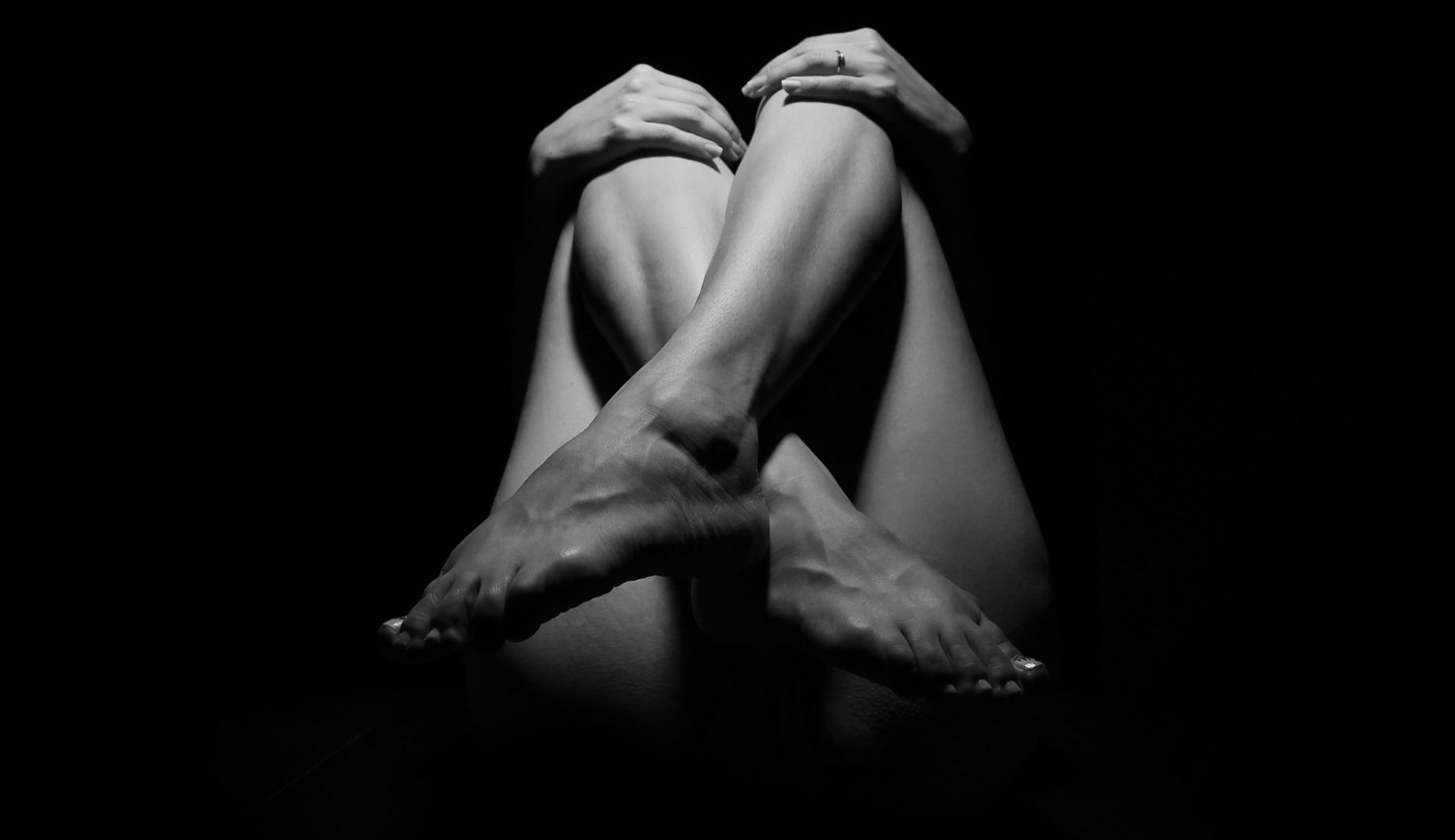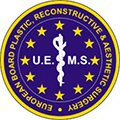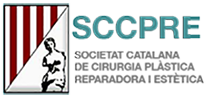
WHAT DOES CRUROPLASTY MEAN?
The thigh lift or cruroplasty is a surgical procedure we can use to improve the shape and firmness of the legs suspending the sagging tissue of the thighs and buttocks, thus improving body contour.
WHO IS A GOOD CANDIDATE FOR THE SURGERY?
Some of the characteristics of these patients are:
– Excess or sagging skin of the thighs.
– Accumulation of fat on the inner thighs.
WHAT IS VALUED ON THE FIRST VISIT?
The first visit is the main step for the patient who has considered the possibility of undergoing a cruroplasty.
Some of the characteristics that are evaluated during the consultation are:
– Medical and surgical history.
– Regular medication.
– Quality and elasticity of the skin of the thighs.
– Location of any existing scar.
– Amount and location of excess fat.
– Existence of signs of circulatory insufficience.
WHAT SHOULD I TAKE INTO ACCOUNT BEFORE THE INTERVENTION? PREOPERATIVE RECOMMENDATIONS
There are a few considerations to keep in mind:
– Avoid certain medications that may complicate the intervention.
– Quit smoking for a period of time, before and after the intervention, since tobacco has been shown to worsen and hinder wound healing.
– Keep in mind that you will need some help after the intervention.
WHAT SHOULD I TAKE INTO ACCOUNT AFTER THE INTERVENTION? POSTOPERATIVE RECOMMENDATIONS
Some recommendations include:
– Avoid tobacco.
– Take the prescribed postoperative medication.
– Relative rest of one week.
– Wear compressive garments during a postoperative period of time.
HOW IS A THIGH LIFT PERFORMED?
The cruroplasty is based on the traction of the skin, to give more firmness to the skin of the thigh and to raise the loosened tissue.
The method how we will perform the traction of the skin of the leg depends on each individual case. The incision can be made only on the inner thigh near the groin or may need to be brought up to the knee. The incisions are placed so that the scars are as little visible as possible.
Through the incisions we perform a liposuction that will facilitate the traction of the skin and we will later remove the excess skin and fat. The incisions are then carefully sutured.
WHERE IS THIS INTERVENTION PRACTICED?
The thigh lift is performed under general anaesthesia. The approximate duration is about 2-3 hours, and generally this intervention is performed with hospital admission for one or two days to make your recovery more comfortable.
WHAT IS THE EVOLUTION AND POST-INTERVENTION CONTROLS?
Although each patient has their own particularities, the postoperative course contains phases common to all patients:
During the first week:
The drain tubes will be removed.
The bruises and inflammation will reach their peak.
During the second week:
The stitches will be removed.
The bruising and inflammation will begin to disappear and the results will begin to be evident.
You can gradually rejoin your work activity.
At 4 postoperative weeks:
You will no longer need to wear the garments any longer.
You will be able to restart progressive physical exercise.
After several months
The feeling of swelling and tightness will disappear.
The incision line will begin to regain its colour again, although the definitive colour will not appear until a year after the intervention or it may take even longer.
WHAT SHOULD I KNOW ABOUT THE RESULTS?
Shortly after the intervention you will notice an important difference in the shape of your body, but the final result is obtained after 6-12 months.
In general, the results of the cruroplasty are very long-lasting. Unless you experience a significant change in weight, you will be able to maintain your new figure for many years.
ARE THERE CONTRAINDICATIONS FOR THIS SURGERY?
Each case must be assessed individually. Still, some contraindications for this surgery are heavy smokers who do not plan to interrupt the habit or obese patients who must lose a lot of weight.
CAN IT BE COMBINED WITH OTHER SURGERIES?
Yes, it is especially common to combine this technique with other body contouring surgeries, such as abdominoplasty or arm lifts in patients who have experienced significant weight loss.



